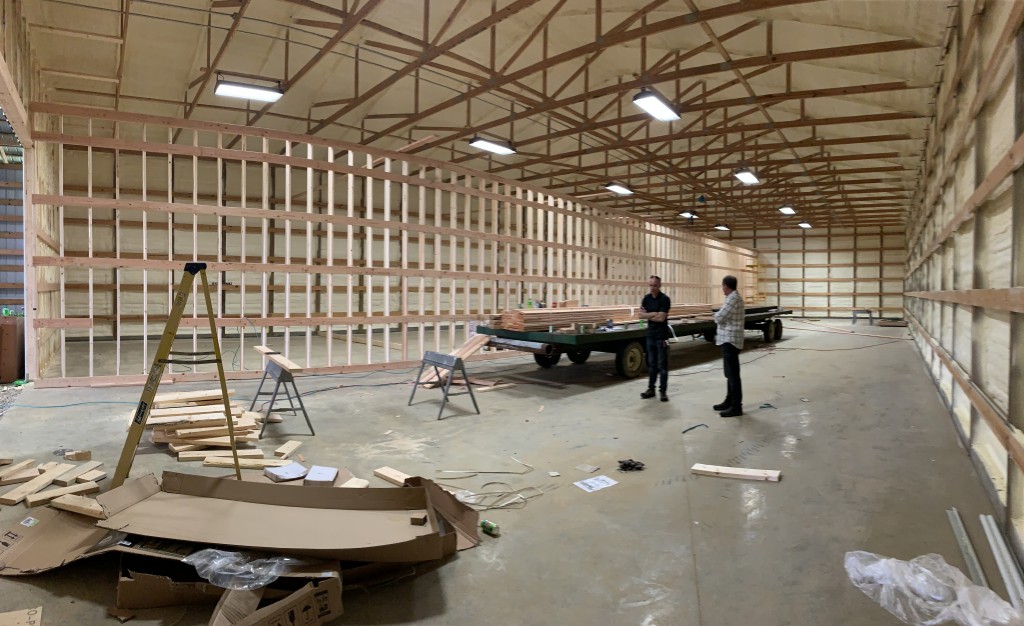
Half Hill Farm is now partnered with a former tobacco grower to produce premium indoor grown hemp flower. The new 5,000 square feet indoor grow space at Boze Farms in Carthage, TN should be fully operational later this year.
The indoor grow will provide bulk wholesale flower to stores and manufacturers including Half Hill Farm’s Wellness Emporium retail stores across the state. The new climate controlled facility will also supply their new CO2 extraction lab in Woodbury to ensure in-house quality controls from start to finished product.
“We know retailers and consumers have a lot of options on the market,” said Half Hill Farm owner Vince Oropesa. “That’s why we’re focused on providing a premium value with quality growing and processing that can scale to meet demand.”
Many hemp farmers and processors in Tennessee rely on solvent extraction that can process mass quantities of hemp at a time using ethanol or butane. Half Hill Farm’s new extraction and testing lab will use higher quality supercritical CO2 extraction. The slower process uses a few pounds of hemp at a time and will help ensure only the best hemp is extracted producing a better quality product option for consumers and manufacturers.
“We know we can’t CO2 extract everything,” said owner Scot Smotherman who heads up the partnership. “But there’s no shortage of good quality ethanol extraction service options for larger volume grows.”
Half Hill Farm was the first USDA certified organic farm in Tennessee to grow industrial hemp. We are now a licensed hemp grower, processor and permitted food manufacturer producing quality CO2 extracted CBD hemp oil blends in 500mg, 1000mg, and 2500mg formulas and a 1000mg full spectrum CBD hemp topical salve.
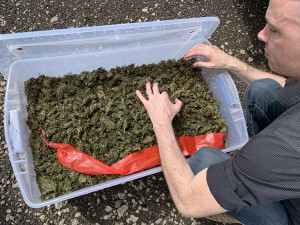 More than 2,900 grower licenses were issued to Tennessee farms by the Tennessee Department of Agriculture this year. For perspective, neighboring Kentucky is the nation’s third largest grower of hemp, and they issued 1,000 grower licenses this year.
More than 2,900 grower licenses were issued to Tennessee farms by the Tennessee Department of Agriculture this year. For perspective, neighboring Kentucky is the nation’s third largest grower of hemp, and they issued 1,000 grower licenses this year.
The year round indoor grow and the ability to scale into several hundred thousand square feet elsewhere on the farm was a critical component in Half Hill Farm partnering with Boze Farm.
“Farming has taken a real beating over the past few years, “ said Joe Darren Boze. “We’re hoping hemp helps turns it around.”
Jimmy Joe Boze, Joe’s father, started growing hemp when his tobacco contract was suddenly pulled. He still proudly makes pre-rolls from last year’s harvest and humbly says he did it to see how it will go. While he’s hopeful, and sees how it helps people, he’s wary and still describes this year as ‘poking around to see what works.’
“This ain’t my first rodeo,” Jimmy Joe added with a wink and hint of good old farmer’s been-there-done-that attitude. “Let’s see what the boys can do with it.”
Visit our farm’s retail stores:
- Wellness Emporium of Woodbury Tuesday -Friday 10am – 6pm and Saturday – Monday 10am – 4pm CT: 110 W High Street, Woodbury, TN 37190
- Wellness Emporium of Bell Buckle Monday – Saturday 10am – 5pm, Sundays 10am – 2pm: 13 Webb Rd. E Bell Buckle, TN 37020
- Wellness Emporium of Murfreesboro Monday – Saturday 10am – 6pm, Sundays 10am – 4pm: 2136 Middle Tennessee BLVD Mufreesboro, TN 37130
- Wellness Emporium of Jackson Monday – Thursday 10am – 6pm, Friday-Saturdays 10am – 7pm, Sundays 12pm – 5pm: 2046 Pleasant Plains Extension, Suite G Jackson, Tennessee 38305

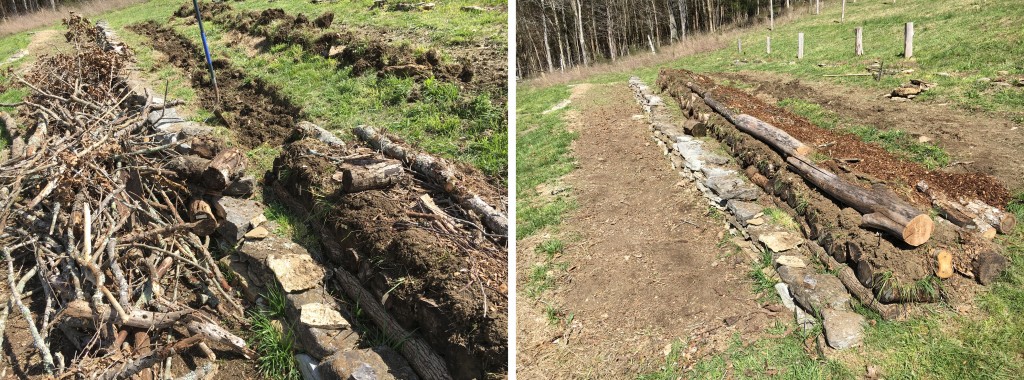

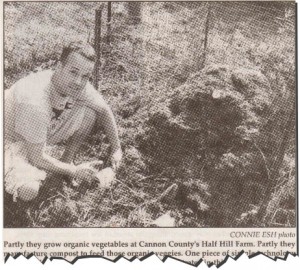
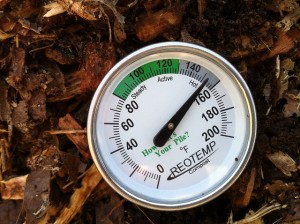 How to compost: Compost consists of four things: carbon, nitrogen, air and water. Carbon is pretty much anything brown or dry like leaves, dry grass clippings, chipped wood, or shredded newspaper. Nitrogen is manure, green grass clippings, or compostable kitchen wastes. According to the
How to compost: Compost consists of four things: carbon, nitrogen, air and water. Carbon is pretty much anything brown or dry like leaves, dry grass clippings, chipped wood, or shredded newspaper. Nitrogen is manure, green grass clippings, or compostable kitchen wastes. According to the